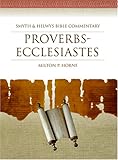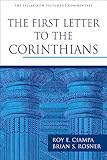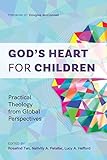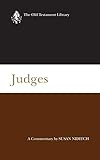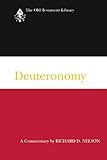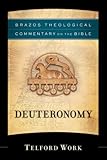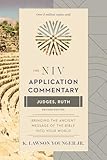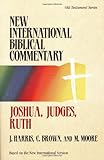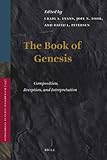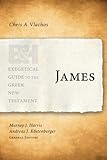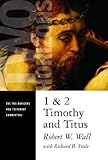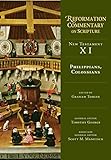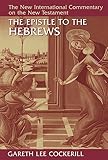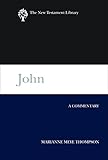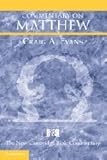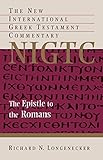MARC details
| 000 -LEADER |
|---|
| fixed length control field |
02477nam a22001817a 4500 |
| 005 - DATE AND TIME OF LATEST TRANSACTION |
|---|
| control field |
20220819142948.0 |
| 007 - PHYSICAL DESCRIPTION FIXED FIELD--GENERAL INFORMATION |
|---|
| fixed length control field |
ta |
| 008 - FIXED-LENGTH DATA ELEMENTS--GENERAL INFORMATION |
|---|
| fixed length control field |
180806s2022 sa ||||fom|d| 001 e eng | |
| 040 ## - CATALOGING SOURCE |
|---|
| Original cataloging agency |
ZA-BrSAT |
| Transcribing agency |
ZA-BrSAT |
| 100 ## - MAIN ENTRY--PERSONAL NAME |
|---|
| 9 (RLIN) |
859 |
| Personal name |
Kabala, John Ilunga Ngoie |
| Dates associated with a name |
1964 |
| 245 ## - TITLE STATEMENT |
|---|
| Title |
King Ahasuerus and the Motif of Vengeance in the Book of Esther: A Narrative Theological Analysis |
| 260 ## - PUBLICATION, DISTRIBUTION, ETC. |
|---|
| Place of publication, distribution, etc. |
Johannesburg |
| Name of publisher, distributor, etc. |
South African Theological Seminary |
| Date of publication, distribution, etc. |
2022 |
| 300 ## - PHYSICAL DESCRIPTION |
|---|
| Extent |
300 |
| Other physical details |
PDF |
| Dimensions |
A4 |
| Accompanying material |
Abstract, TOC |
| 502 ## - DISSERTATION NOTE |
|---|
| Degree type |
Doctor of Philosophy in Theology (PhD) |
| Name of granting institution |
South African Theological Seminary |
| Year degree granted |
2022 |
| Supervisors |
|
| 520 ## - SUMMARY, ETC. |
|---|
| Summary, etc. |
The book of Esther, and more specifically the amount of information on vengeance that occurs in it, has both intrigued and been criticised by several scholars. Haman plans to inflict vengeance on Mordecai and all Jews in the Empire. When his plot fails, Esther, Mordecai, and all the Jewish people engage in new revenge against all their enemy forces, including Haman. Central to all these is the role of King Ahasuerus. The King initiates and signs the edicts that effect vengeance, and this cannot be ignored in the assessment of the motif. From the above perspective, some scholars have criticised the role King Ahasuerus played in Esther's narrative. It has been viewed as problematic, especially the scale of vengeance that flows in the book of Esther. King Ahasuerus's leadership indeed failed to prevent the spiral of violence in the Empire. This motif of vengeance in the book of Esther has therefore remained captivating and the centre of much controversy. To solve the main problem, I attempt to examine vengeance in a literary and theological manner. The versatile flexibility of using this approach allowed me to address the complex research problem under investigation in this thesis. Its plot development and the critical role of King Ahasuerus as it relates to revenge are analysed. However, from the theological point of view, it is noted that the likely theocentric narrator is obliged to contrast the conduct of Ahasuerus as pagan king with Yahweh's role as the avenger of his people. Accordingly, I have been motivated to see and demonstrate how the literary device of vengeance became a tool to show God's providential care to protect Jewish people in the Empire. God's actions behind the scenes reveal a profound truth about his active presence in the history of the life of his people.<br/><br/> |
| 650 #0 - SUBJECT ADDED ENTRY--TOPICAL TERM |
|---|
| 9 (RLIN) |
860 |
| Topical term or geographic name entry element |
Esther (Name) |
| 942 ## - ADDED ENTRY ELEMENTS (KOHA) |
|---|
| Source of classification or shelving scheme |
Dewey Decimal Classification |
| Koha item type |
Thesis |

